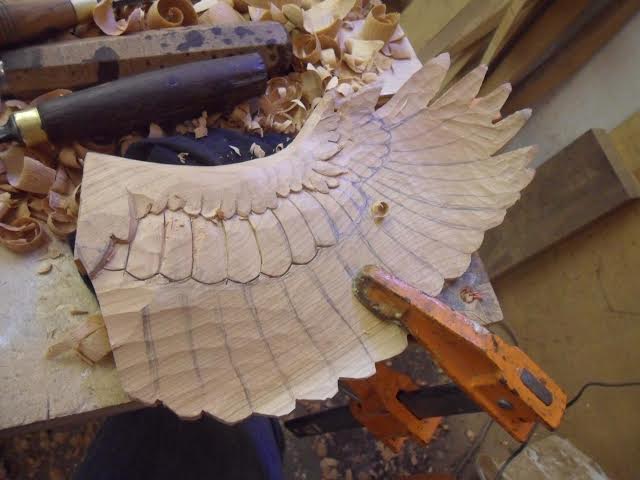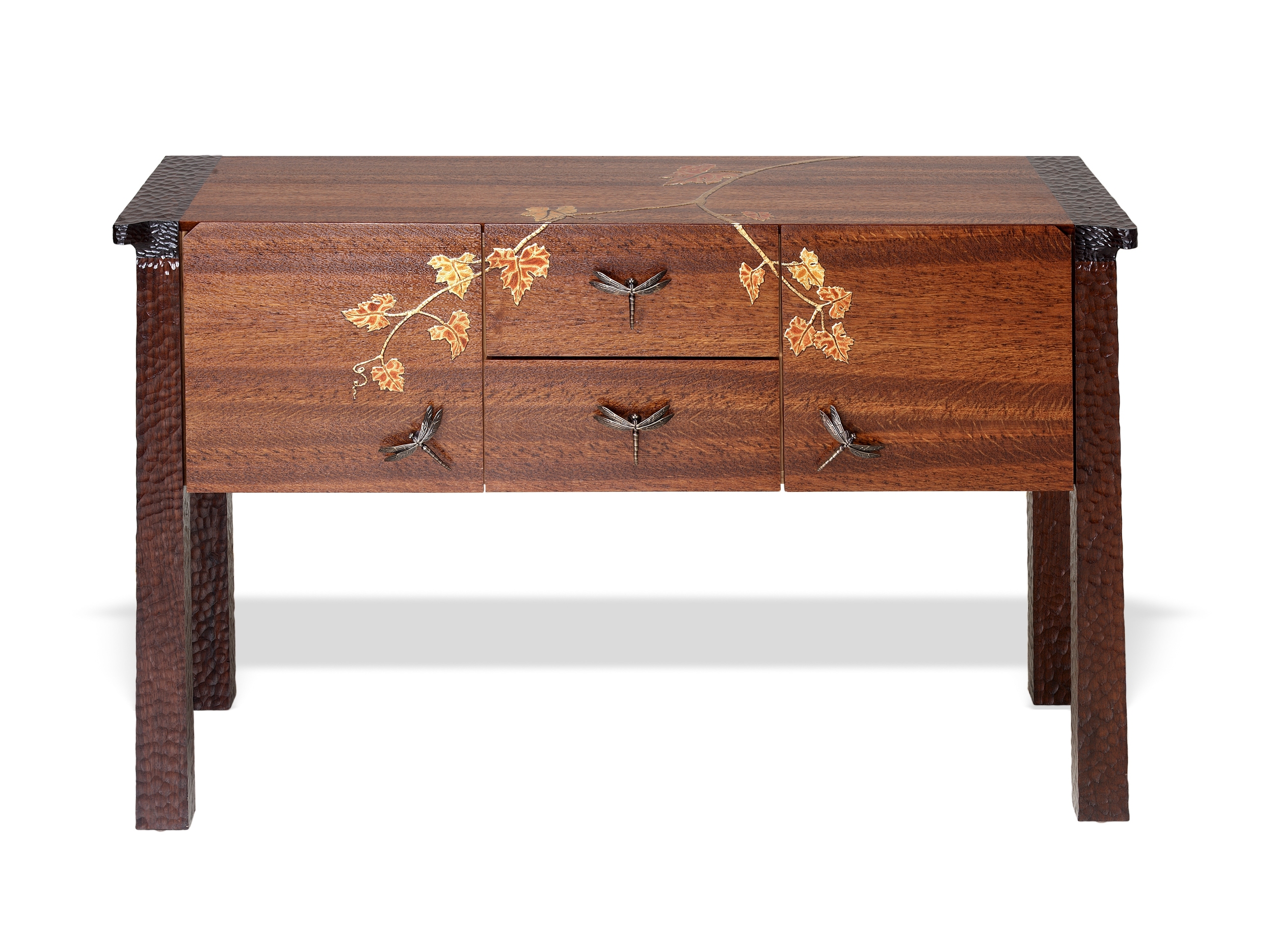Over the years of writing my blog I have often described the process from designing to casting door hardware using the lost wax method but have not until now felt it necessary to index these posts.
The posts are broken down into 5 areas that describe the process from inception to end product. If you have limited reading time there is one piece that covers most of the stages that was was posted on June 21st 2017.
For details on the different stages please read on.
STAGE 1 - Design
These posts follow the creative process from the initial sketch to more detailed drawings that show the piece from different perspectives. They explain how the technical aspects of lost wax casting as well as the functional requirements of door hardware impact the design and result in modifications to the original concept.
https://www.martinpierce.com/blog/dragon-and-netsuke-door-knobs
https://www.martinpierce.com/blog/custom-designed-door-hardware-some-common-misunderstandings
https://www.martinpierce.com/blog/early-designs-for-a-new-entry-door-pull
https://www.martinpierce.com/blog/candlesticks-new-designs
https://www.martinpierce.com/blog/new-morphic-door-pull-one-size-does-not-fit-all
STAGE 2 – Pattern making
Lost wax casting requires an original pattern or sculpture to be created. We create our patterns by sculpting in a hard wood, blue wax or high-density foam. Our method is reductive and rarely makes use of 3D printing and we explain why in these posts.
https://www.martinpierce.com/blog/bumble-bee-cabinet-knob
https://www.martinpierce.com/blog/dog-door-knobs
https://www.martinpierce.com/blog/new-carp-fish-door-pull
https://www.martinpierce.com/blog/3d-printing-as-useful-tool-in-casting-custom-door-handles
STAGE 3 - Mold making, gates and sprues
A mold of the pattern is made. The number of molds needed for one design depends on the complexity of the design and in assessing how the molten bronze will flow. The pattern is fitted with one central sprue and several gates that attach to the sprue and the edge of the pattern. A mold (s) is then made of the pattern with the sprue and gates attached.
https://www.martinpierce.com/blog/how-to-make-a-simple-mold-for-lost-wax-casting
https://www.martinpierce.com/blog/how-to-cast-bronze-butteflies-good-and-bad-runners-and-gates
STAGE 4 – Wax replicas and shelling
The lost wax method requires a wax replica to be made for all the component parts needed to make one piece. The Hedgerow door lever for example require 4 waxes to be made; one for the escutcheon, one for the lever, 2 for the tree canopy. The waxes are then dipped in a silicone slurry that when hardened forms a shell that encases the wax. An auto-clave is used to remove the wax (lost wax) and the hollow shell is ready to receive molten metal.
https://www.martinpierce.com/blog/wine-cellar-door-handles-and-shell-casting
https://www.martinpierce.com/blog/using-wax-facsimiles-to-create-bronze-door-handles
https://www.martinpierce.com/blog/hawaiian-theme-door-handle
https://www.martinpierce.com/blog/limited-edition-door-handles
https://www.martinpierce.com/blog/limited-edition-door-handles
STAGE 5 – End result
These posts cover a range of topics from tooling and refining the casting by “chasing” to finishing bronze with an oil rubbed patinaed finish.
https://www.martinpierce.com/blog/bumble-bee-knob
https://www.martinpierce.com/blog/fish-door-handle-a-new-design
https://www.martinpierce.com/blog/luxury-door-hardware-is-defined-by-the-details
https://www.martinpierce.com/blog/oil-rubbed-bronze-door-hardware-and-living-finishes












